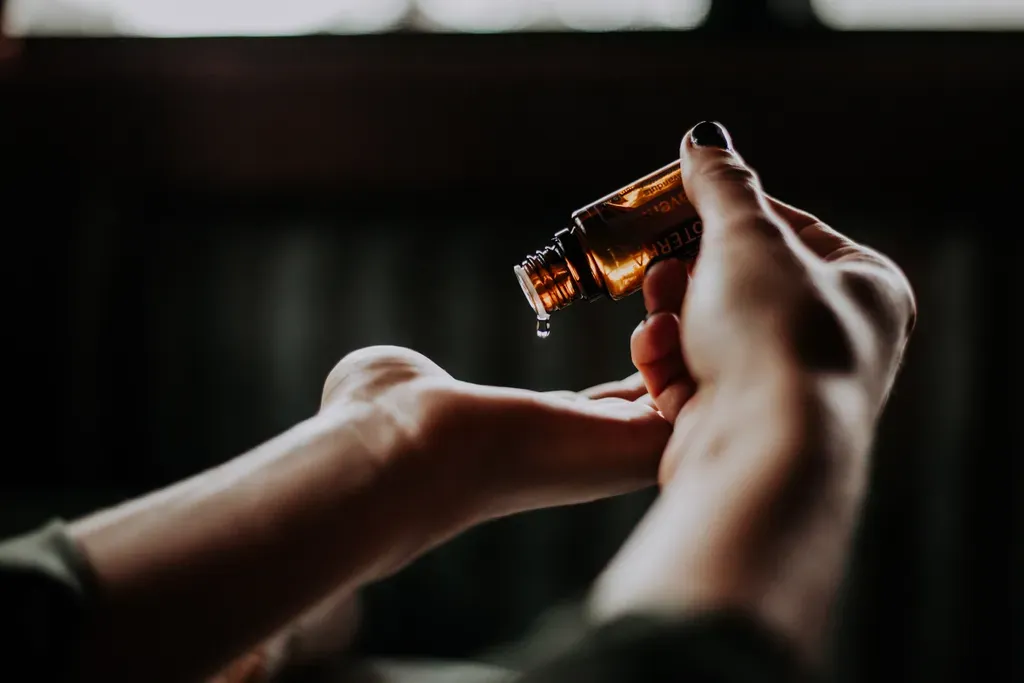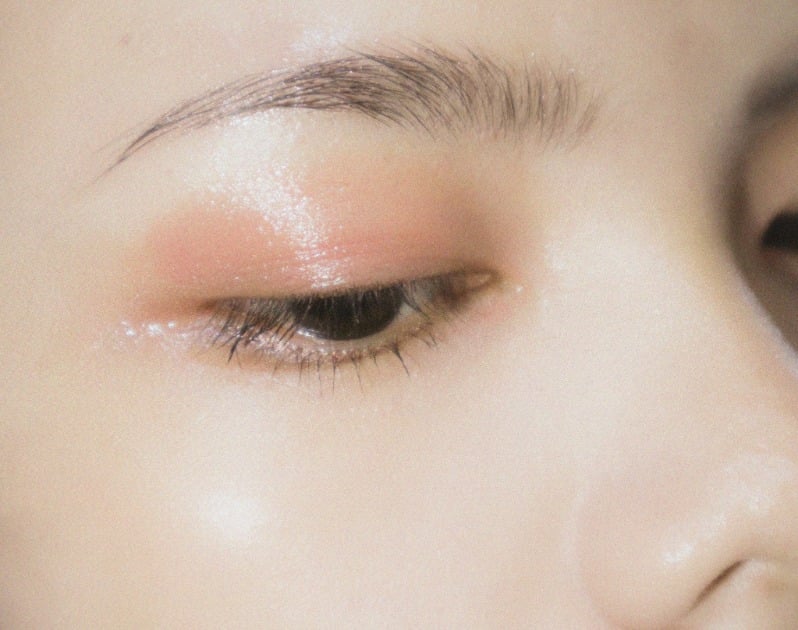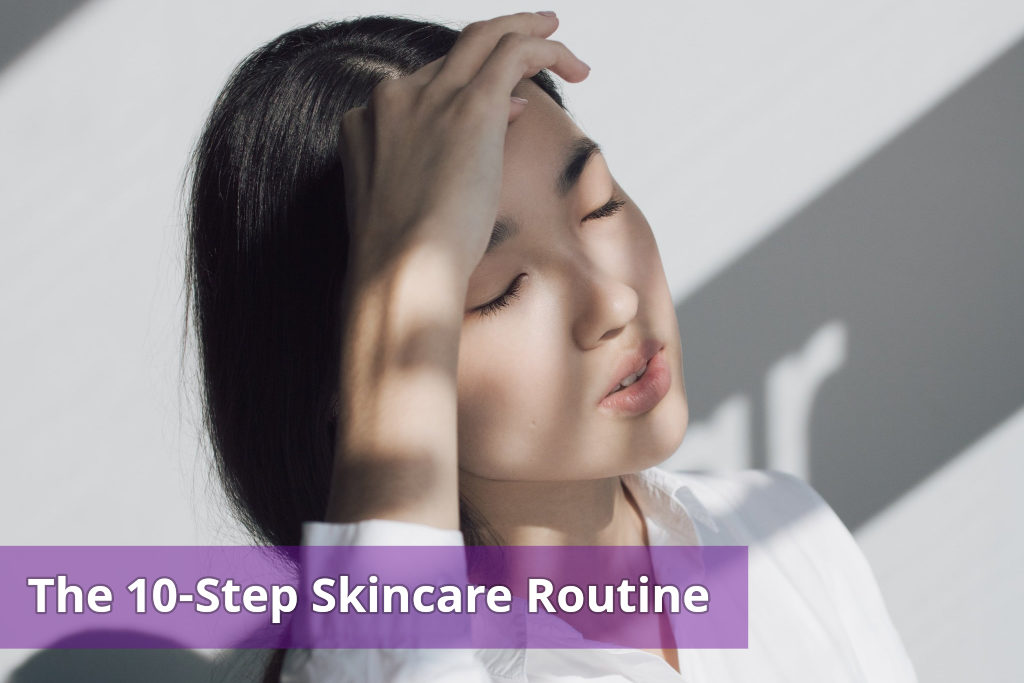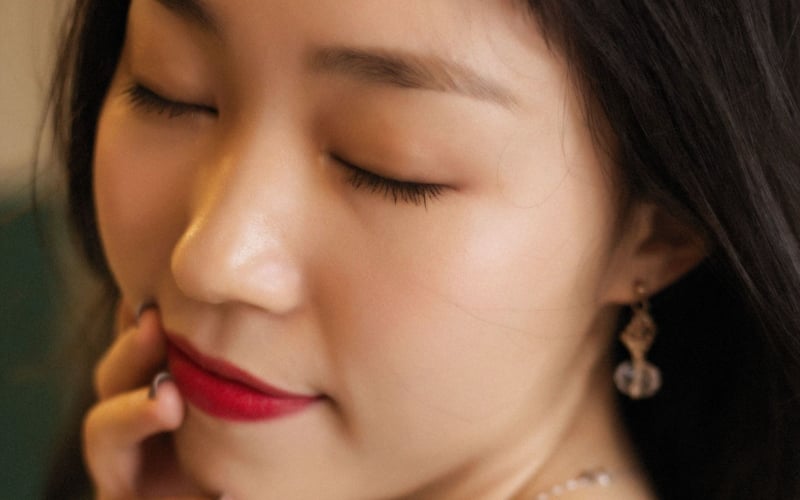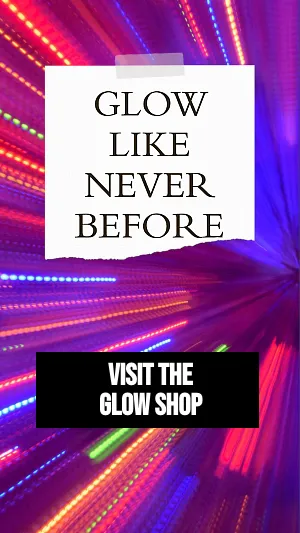MDSolarSciences Mineral Tinted Crème SPF 30 Review
There’s been a lot of talk lately about the effects of blue light. It is a high-energy light which plays an important role in keeping us alert and elevating our mood during the daytime. While historically, we derived our main source of blue light from the sun, there are now technologies that add to the amount of blue light we receive during the day. Our electronic devices including TV, phones, tablets, laptops and desktops all emit some form of blue light.

Although blue light is beneficial during the day when we need to be focused and awake, it can also be detrimental to our health when we are overexposed to it. It can cause sleep issues at night because it disrupts our circadian rhythm. And there is growing evidence that all the blue light we’re exposed to throughout the day is resulting in visible skin damage.
While we don’t have definitive information on the long term effects of blue light on the skin, there is mounting evidence showing that over time, it can cause damage in the form of inflammation, redness, pigmentation, and melasma. Most sunscreens are designed to shield UV A and B rays but not blue light. If you’re looking for a sunscreen that provides more than standard protection, look for something that contains iron oxides, which can be found in tinted sunscreens.
I’ve gone through my fair share of tinted sunscreen over the years, but I can’t say I’ve found the perfect one. Oftentimes the color would be off, the formula would be too greasy or dry, or it would end up oxidizing after a few hours. As a consumer, I also find it frustrating that unlike UVA and B filters, companies don’t quantify the amount of iron oxide contained in the sunscreen. So, when shopping for a tinted sunscreen, we have to use our best judgement and base our decision on whether iron oxide is featured towards the beginning or end of the ingredient list.
I had been eyeing MD Solar Sciences Mineral Tinted Crème SPF 30 for a couple of months after it was recommended by a dermatologist I follow on IG. I read the reviews on Makeupalley and Dermstore.com, some of them were positive, but a few gave me pause. The more positive reviews spoke of the tint and how it flattered most skin tones. Others pointed to the high degree of mineral protection with 17% zinc oxide and 2% titanium dioxide. For most, the sunscreen didn’t cause major breakouts.
On the negative side, many reviewers complained about the finish. Namely, how the silicone created a slippery rather than silky finish on the skin. Some reviewers commented on how they never felt that the sunscreen dried on their skin.
First Impressions
I ordered this sunscreen on dermstore.com. It comes in a 1.7 oz bottle with a flip cap. As per the instructions, I shake the bottle well before using and usually squeeze out about a ¼- ½ teaspoon to cover my entire face. In general, I use a non-tinted sunscreen on my neck and chest because I don’t like the color transferring to my clothes.
In terms of texture, this isn’t a runny sunscreen like Skinceuticals Physical Fusion UV Defense SPF 50.It's somewhere between a mousse and a cream and spreads easily across the face. The consistency is a bit deceptive. A lot of times, I feel like the sunscreen feels a bit oily on my skin, but after a minute or so, I realize that it’s actually the silicone.
The color is darker than my naturally pale skin, but once it’s blended in, the difference isn’t jarring. I have a feeling that this would suit those with light-medium to medium skin tone. Those who are ultra pale will have a hard time working with this singular shade, and deeper skin tones might find this shade tricky as well.
Pros
I appreciate the high mineral content in this sunscreen. With a whopping 17% zinc oxide, I am confident that this sunscreen does a good job in protecting my skin from UV rays when I’m outside, even if the SPF factor isn’t as high as some of its competitors. Given that this product also has a good (although unconfirmed) amount of iron oxides, I find that this sunscreen is versatile and can be used in diverse settings. It can function as an outdoor sunscreen, and it’s great to use when you’re staying indoors working on your laptop all day. On a side note, this was the only sunscreen I used during my recent trip to New York and Boston and it protected my skin really well during urban treks through the city and long hikes in the Catskills.
These days, I’m not wearing as much makeup, but I find that the coverage is just enough to cover most of my redness, and it helps me look more presentable on video calls. With its matte finish, the product does a good job in knocking out the shine. It also doesn’t pool around my nose at the end of the day--a problem that I have with a number of sunscreens.
Best of all, I haven’t noticed breakouts from this sunscreen, and the mineral filters ensure that my rosacea isn’t riled up. And although the color is darker than my skin tone, I find that tint remains stable and does not give me the dreaded orange tint at the end of the day.
Cons
As the other reviews touched on, the finish of this sunscreen is definitely the biggest drawback. Like I mentioned before, when I first apply this sunscreen, it definitely feels like I’m smearing oil all over my face. Reading through the ingredient list, there approximately 5 silicone ingredients including: Dimethicone, Dimethicone Crosspolymer, Polysilicone-15, Dimethicone/Vinyl Dimethicone Crosspolymer, and PEG/PPG-18/18 Dimethicone. I’m not a cosmetic chemist, so I can’t speak to the need for all these silicone ingredients, but they certainly do create a finish that is both slippery and wet. That is why when it comes to reapplying sunscreen, I often use a non-tinted version such as EltaMD’s UV Clear SPF 46 on top of this sunscreen, because layering the tinted version would simply create a silicone-y mess.
I also have to take more time in blending in this product. A couple of times when I was more rushed, I noticed that there were streaks along my temples. While this product does spread easily, it does take more time and care to meld the product into the skin.
This sunscreen also dries down to a matte finish. Which is weird, because it has such a ‘wet’ texture. If you’re into a matte look then this product would be worth looking into, but personally, I like products that leave me with a bit of glow. Heading into my 40s, the glow is harder to come by, so I really like my products to amplify the look of hydrated skin. If you’re on zoom calls a lot, I do find that this is a good camera sunscreen to use since it is both matte and doesn’t leave a white cast.
Given how easily this sunscreen rubs off, I’m not sure how well it would work under makeup. In fact, I would be wary to use foundation over this. I would feel like I’m just rubbing off all that precious SPF, and at that point, what would even be the point of putting this on in the first place?
Final Impression
Considering how much time a lot of us are spending in front of screens, I definitely think a tinted sunscreen is an essential part of our skincare routine. I feel like a lot of skincare companies are still exploring this new territory and haven’t come out yet with winning formulations and shades. While MD Solar Sciences Mineral Tinted Crème SPF 30 offers a product with amazing UV and blue light protection it falls short on cosmetic elegance.
I’m still glad I tried this product, and I still continue to use it when I’m lounging around in the house and doing an intense writing session on my laptop. If anything, I’m even more excited to try other tinted formulations on the market and discover how different companies are tackling this rather difficult genre of skincare.

